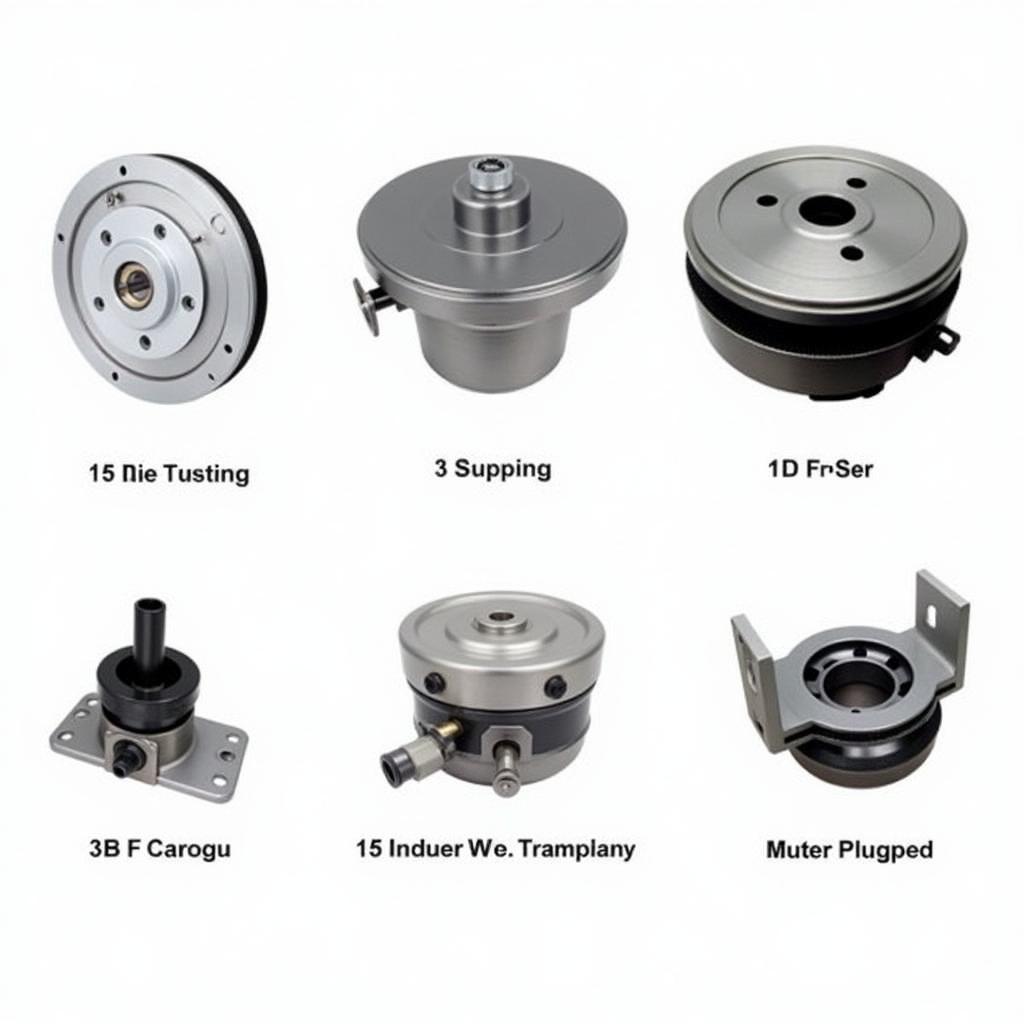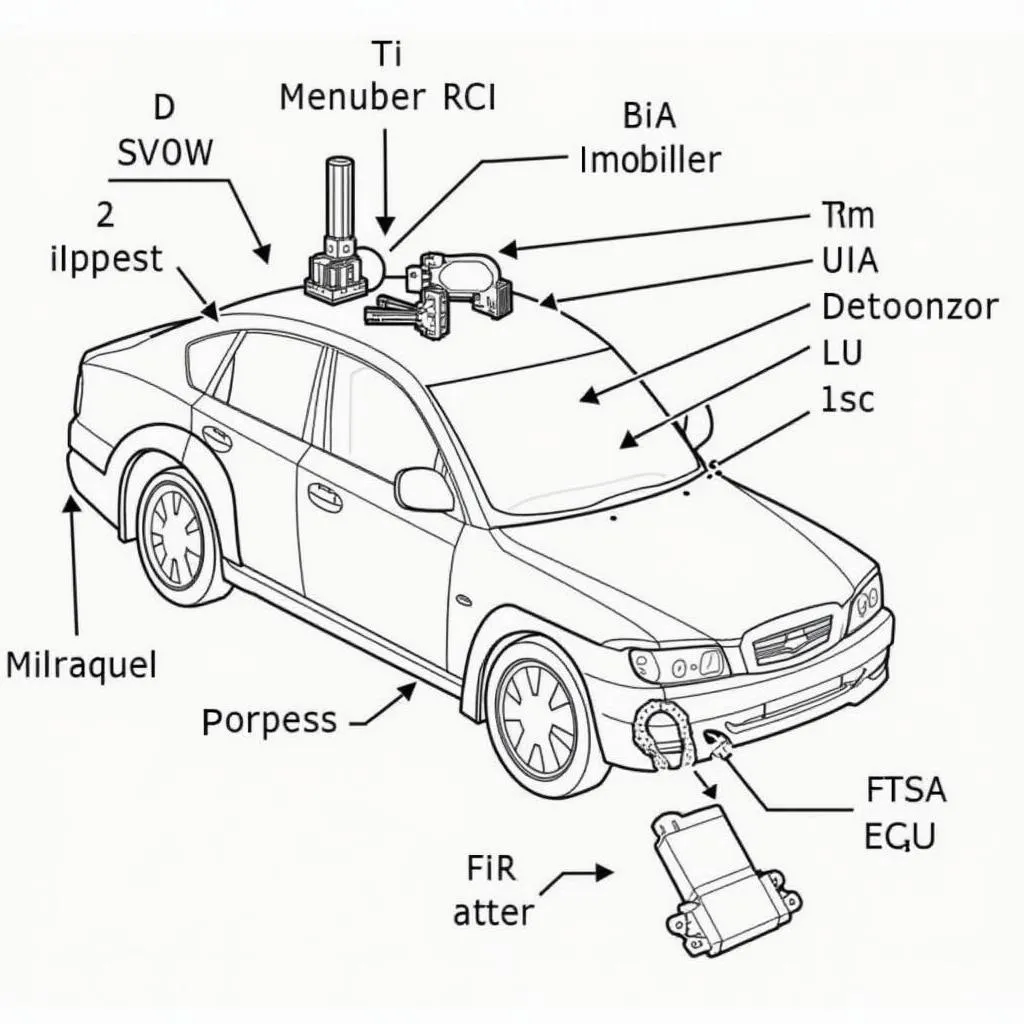The parking brake warning light switch is a critical component of your vehicle’s safety system. When engaged, your parking brake prevents your car from rolling while parked. The warning light on your dashboard serves as a visual reminder that your parking brake is active. If you’re experiencing issues with your parking brake warning light switch, understanding the causes and solutions can save you time, money, and potential headaches.
Why is My Parking Brake Warning Light On?
There are several reasons why your parking brake warning light might be illuminated even when the parking brake is disengaged:
- Faulty Parking Brake Switch: The most common culprit is a malfunctioning parking brake switch. This switch is typically located under the parking brake lever and can wear out over time.
- Low Brake Fluid: Your parking brake warning light is often connected to the same system that monitors your brake fluid level. If the fluid is low, the light may illuminate as a warning.
- Worn Brake Pads: In some vehicles, the parking brake warning light can also indicate worn brake pads. This is because worn pads can affect the hydraulic pressure within the braking system.
- Electrical Issues: A short circuit, loose wiring, or a blown fuse in the parking brake warning light circuit can also cause the light to stay on.
Troubleshooting a Parking Brake Warning Light Switch
Before assuming the worst, here are some troubleshooting steps you can take:
- Check Your Parking Brake: Ensure the parking brake lever is fully released. Sometimes, the lever might not fully disengage, triggering the warning light.
- Inspect Brake Fluid Level: Open your hood and check the brake fluid reservoir. If the fluid level is low, add the appropriate brake fluid as specified in your owner’s manual.
- Visual Inspection: If comfortable, take a look at the parking brake switch itself. Look for any signs of damage, loose connections, or corrosion.
When to Seek Professional Help
If the troubleshooting steps above don’t resolve the issue, it’s best to consult with a qualified mechanic. Diagnosing and repairing brake systems often requires specialized tools and expertise. Attempting to fix the issue yourself without the proper knowledge can be dangerous and potentially lead to further damage.
Parking Brake Warning Light Switch Replacement
If a faulty parking brake warning light switch is the culprit, replacement is a relatively straightforward procedure. However, the exact steps may vary depending on the make and model of your vehicle.
For model-specific guidance, you can refer to resources like those found on CARDIAGTECH:
- 2014 Nissan Parking Brake Warning Lamp Switch
- 2009 Altima Parking Brake Warning Light Switch Replacement
- 2000 Ford F53 Parking Brake Warning Light Switch
- How to Replace 2009 Altima Parking Brake Warning Light Switch
Expert Insight: “Always consult your vehicle’s service manual for the recommended procedures and safety precautions before attempting any repairs yourself.” – John Smith, ASE Certified Master Technician.
Preventing Future Issues
Regular vehicle maintenance is key to preventing parking brake warning light switch problems. Here are some proactive measures:
- Routine Inspections: Have your mechanic check your parking brake system during regular service appointments.
- Avoid Excessive Force: Don’t engage your parking brake with excessive force, as this can cause premature wear and tear on the switch.
- Address Brake Issues Promptly: If you notice any issues with your braking system, such as a spongy brake pedal or unusual noises, address them immediately.
Conclusion
A malfunctioning parking brake warning light switch can be an annoyance and a potential safety concern. By understanding the common causes, troubleshooting steps, and when to seek professional help, you can ensure your vehicle remains safe and roadworthy. Remember, regular maintenance is key to preventing future issues and extending the life of your car’s braking system.


